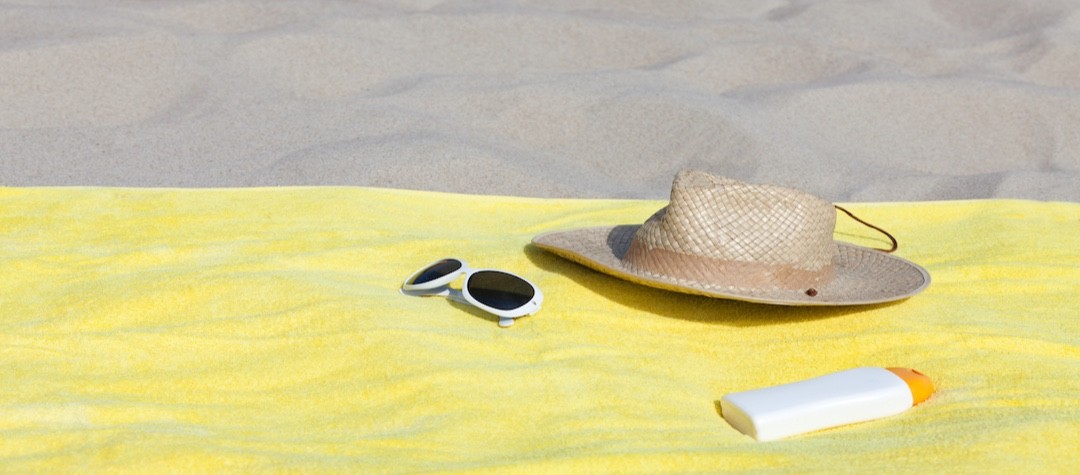As attractive as a tan can be, it’s important to stay safe whilst soaking up some rays, so here’s how.
When taking a break, most of us prefer the option of heading for the sun with one of the first priorities to gain a golden tan. The sun does provide vitamin D, a necessary vitamin for healthy living, but when it comes to sun exposure the best general advice is to avoid tanning.
A tan is a sign of skin damage. However, if you wish to get a tan, then follow these tips to do it as safely as possible.
Limit exposure
Avoid exposure to the sun between 10am and 3pm, as this is the period of the day when the sun's UVR levels are highest.
Seek shade
Sitting in the shade reduces the amount of UVR you receive, but this doesn't fully protect you as UVR reflects off many surfaces such as sand and water, so other methods of skin protection should be utilized.
Sunscreen
Sunscreen should be used at all times when in the sun, regardless of how dark your skin is. A sun protection factor of 30+ is best. The higher the number, the greater the protection.
Sunscreen should be applied to the skin at least 20 minutes before sun exposure, and reapplied every two hours or more frequently if swimming or perspiring. Sunscreen should not be relied on as the sole form of protecting the skin.
Wear a shirt
Wearing a shirt, especially one with long sleeves and collars provides additional protection.
Wear a hat
A broad-brimmed hat that covers the head, face, neck and ears will provide the most protection. For children a legionnaire-style hat with added protection for the neck is best. If broad brimmed hats aren’t your thing, baseball caps are good substitutes providing you keep the back of your neck protected.
Sunglasses
Quality sunglasses that meet the necessary standards provide good protection for the eyes from UVRs. A close fitting, wraparound style affords the maximum protection for the eyes.
Protecting young children
Youngsters should be kept safe by applying all the tips mentioned above. Young skin is particularly susceptible to burning and damage caused to the skin when young is usually permanent. Many sunscreen products indicate suitability for use on babies and children.
That covers the basics for staying safe in the sun. Now some other general advice that may be of use:
-
Do not fool yourself into thinking that if you are not hot that you are not burning. The damage done to the skin is done by UVRs, not related to temperature.
-
Avoid the need for a super deep tan. Remember that a suntan is a sign of sun damage and the deeper the tan, the worse the damage and greater the risk of skin cancer. A skin like leather is also not particularly attractive!
-
Start with exposure to sun early in the day or late in the afternoon. Exposure can be increased gradually.
-
You can still get sunburned on cloudy days or when sitting in the shade.
-
Take care if participating in watersports. Water can wash off some sunscreen, while if you are boating wind combined with the reflection of the sun off the water can lead to burning.









